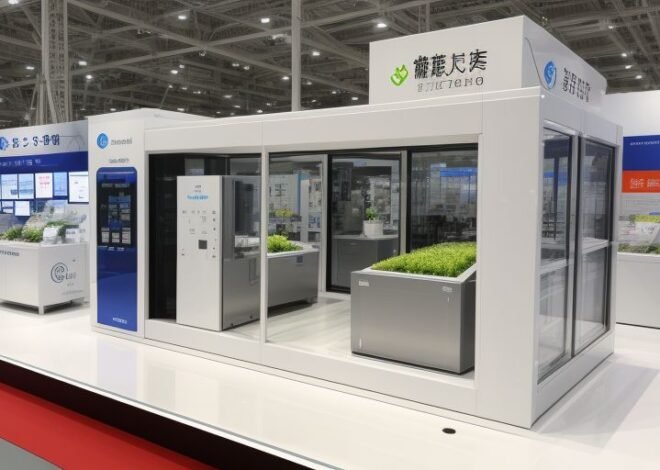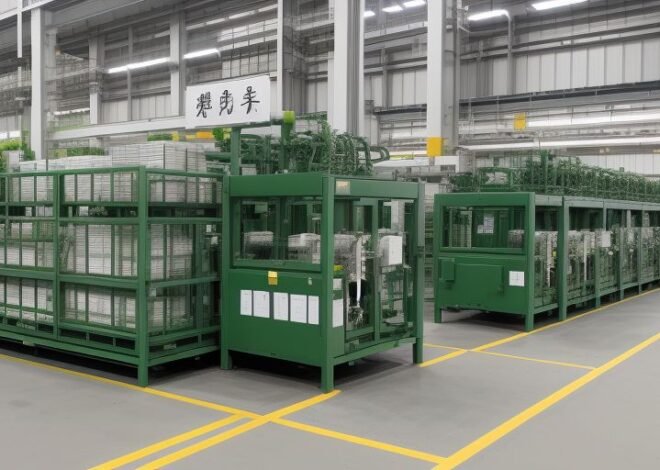
Protective Packaging Solutions Get a Boost from E-Commerce
E-commerce is continually evolving and has a significant impact on the packaging industry with increased emphasis on protective packaging that guarantees that the products in packaging are delivered to the consumer in the best condition. This was evident during the E-Pack Conference that was held in Chicago this week and brought together professionals to share on the current advances in packaging for e-commerce.
Among the topics that were highlighted during the conference, it is possible to identify the enhanced complexity of cushioning materials focused on e-commerce deliveries. Several companies released new air pillow systems that employ new algorithms to determine the correct amount of cushioning required for each parcel taking into consideration its contents and its delivery path.
These intelligent cushioning solutions do not only offer more protection for the goods but also contribute to the conservation of environment through cutting on the use of unnecessary packaging material.
Automation was the other area of interest with several vendors displaying robotic packaging equipment that could pack various products and different sizes of boxes.
Such systems that can function dynamically according to packaging needs are viewed as vital for e-commerce fulfilment centres that are facing a challenge in rising order volumes and scarcity of labour. Specialists in the field anticipate that the global market for automated packaging systems will increase at a rate of 15% per year in the next five years mainly due to e-commerce.
It also highlighted the trends of unboxing experience in e-commerce as a critical factor in consumers’ decision-making process. As more and more consumers are going online for their purchases, brands are considering packaging as a communication tool.
Several companies showed the new vision of protective design, which is not only functional but also beautiful the examples include reusable packaging that can also serve as storage or ornaments. Besides, these designs contribute to the improvement of the customer experience and the promotion of sustainability through the reuse of products.
Sustainability continued to be an issue in the choice of e-commerce packaging with emphasis on the environmental impact of delivery. Some of the logistics firms introduced new packaging systems suitable for the electric delivery vehicles such as foldable and lightweight containers that can be stacked and taken back for washing. These solutions are intended to optimize the delivery fleet of electric vehicles while at the same time reducing costs.
That’s why in the wake of the grocery e-commerce expansion, the opportunities for temperature-controlled packaging innovation have emerged. New insulating materials developed with used textile waste and plant origin were presented as better and more environmentally friendly than polystyrene used in coolers. It is equally relevant for the burgeoning meal kit delivery business, for which packaging must retain and extend the freshness of the food.
Electronic commerce packaging is becoming more relevant to data analytics and IoT technologies. Some of the companies showcased technologies where packages and tracking devices help in the tracking of the condition of the packages in the supply chain. Such real time data enables firms to easily locate areas of concern in packaging design and shipping which results in constant enhancement of product protection and delivery.
The conference also discussed the issues associated with the rising diversification of products that can be purchased over the internet. Given the fact that everything from sensitive electronics to large furniture is being delivered right to consumers’ doorstep, packaging designers are coming up with more flexible and sustainable solutions.
A particular standout was a packaging solution that can be easily assembled in a way that will fit different product sizes and forms, without the need for the retailers to purchase a lot of packaging materials.
Talking about the regulation of packaging, it is imperative to understand that the e-commerce sector and the regulation of packaging is a dynamic process. During the conference, some of the speakers highlighted new rules that are expected to be implemented on packaging waste derived from online retailing such as EPR, which would make retailers take full responsibility of packaging from their life cycle. Such developments in the regulations are expected to foster more advanced solutions in reusable and easily recyclable packaging materials.
The last session of the E-Pack Conference was the E-Pack Panel Discussion where speakers were asked about their outlook on the future of e-commerce packaging. Consequently, the packaging industry is also expected to experience further change as the online retail commerce continues to grow, and advancement in e-commerce packaging is expected to impact the general packaging market significantly.


